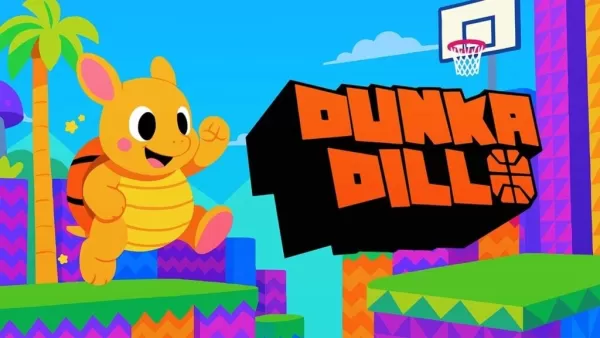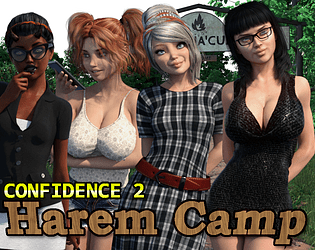Just as Cinderella's dream was set to end at midnight, so too was The Walt Disney Company's dream nearly extinguished in 1947, grappling with a debt of roughly $4 million following the financial struggles of Pinocchio, Fantasia, and Bambi, exacerbated by World War II and other challenges. However, this beloved princess and her iconic glass slippers played a pivotal role in rescuing Disney from the brink, allowing its animation legacy to continue and flourish.
As Cinderella celebrates its 75th anniversary of its wide release on March 4, we engaged with several Disney insiders who continue to be inspired by this timeless rags-to-riches narrative. This story not only echoes the journey of Walt Disney himself but also rekindled hope within the company and the world, which was in the process of rebuilding and yearning for something to believe in once more.
The Right Film at the Right Time --------------------------------To understand the context, we must revisit Disney's own fairy godmother moment in 1937 with the release of Snow White and the Seven Dwarfs. This film's unprecedented success—it held the title of the highest-grossing film until Gone with the Wind surpassed it two years later—enabled Disney to construct its Burbank studio, still its headquarters today, and paved the way for more feature-length animated films.
Disney's next venture, Pinocchio, released in 1940, boasted a hefty budget of $2.6 million, about a million more than Snow White. Despite critical acclaim and Academy Awards for Best Original Score and Best Original Song, it resulted in a loss of around $1 million. This was not an isolated incident; Fantasia and Bambi also underperformed, adding to Disney's mounting debt. The primary reason for these struggles was Germany's invasion of Poland in September 1939, which ignited World War II.
"Disney's European markets vanished during the war, and films like Pinocchio and Bambi couldn't be shown there, leading to poor performance," explained Eric Goldberg, co-director of Pocahontas and lead animator on Aladdin's Genie. "The U.S. government then enlisted Disney to produce training and propaganda films for the Army and Navy. Throughout the 1940s, the studio shifted to creating 'Package Films' like Make Mine Music, Fun and Fancy Free, and Melody Time. These were excellent projects, but they lacked a cohesive narrative from start to finish."
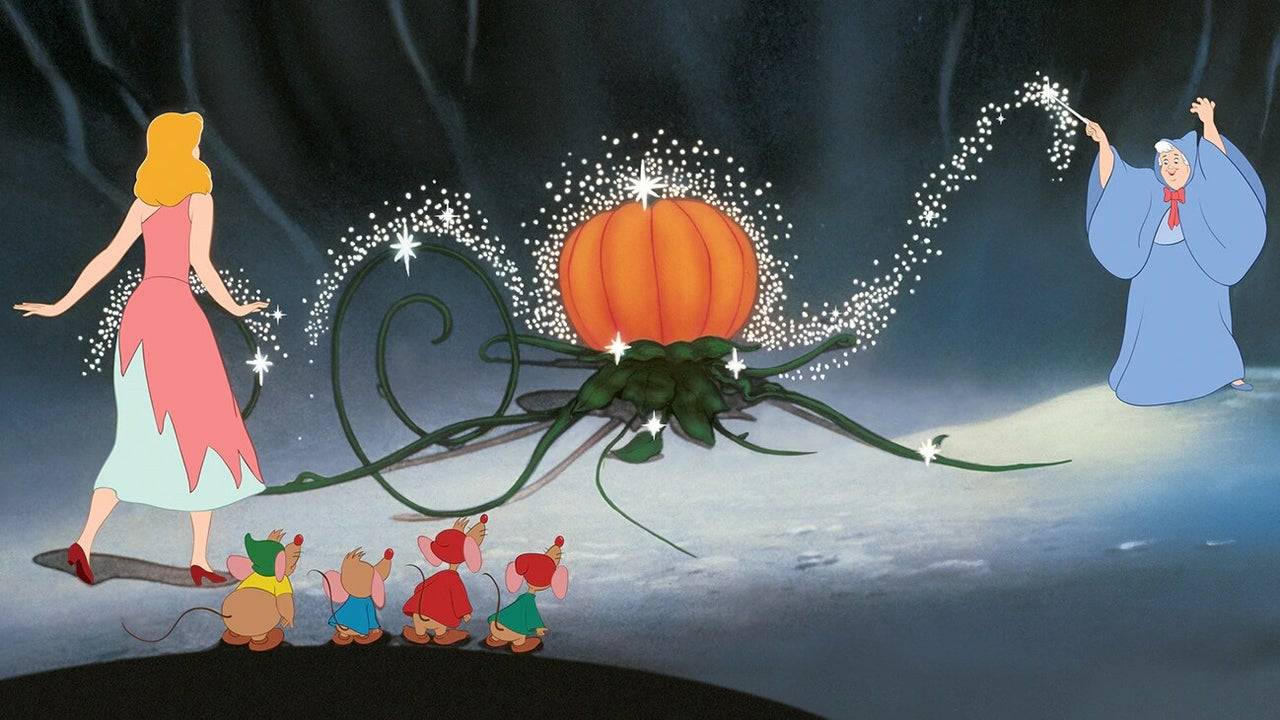
For those unfamiliar, Package Films were compilations of short cartoons assembled into feature films. Disney produced six such films between the releases of Bambi in 1942 and Cinderella in 1950, including Saludos Amigos and The Three Caballeros, which were part of the U.S.'s Good Neighbor Policy aimed at countering the spread of Nazism in South America. While these films covered their costs and Fun and Fancy Free reduced the studio's debt from $4.2 million to $3 million by 1947, they hindered the studio's ability to produce true feature-length animated stories.
"I wanted to return to feature films," Walt Disney stated in 1956, as quoted in The Animated Man: A Life of Walt Disney by Michael Barrier. "But it required significant investment and time. A quality animated feature demands a lot of both. My brother Roy and I had a heated discussion... It was one of my biggest upsets... I said we must either move forward, re-enter the business, or liquidate and sell out."
Facing the possibility of selling his shares and leaving the company, Walt and Roy chose the riskier path, betting everything on their first major animated feature since Bambi in 1942. If this gamble failed, it could have spelled the end for Disney's animation studio.
"At that time, Alice in Wonderland, Peter Pan, and Cinderella were all in development, but Cinderella was chosen first due to its similarities to the successful Snow White," said Tori Cranner, Art Collections Manager at Walt Disney Animation Research Library. "Walt understood that post-war America needed hope and joy. While Pinocchio is a beautiful film, it lacks the joy that Cinderella embodies. The world needed a story of rising from the ashes to something beautiful, and Cinderella was the perfect choice for that moment."
Cinderella and Disney’s Rags to Riches Tale
Walt's connection to Cinderella dates back to 1922 when he created a Cinderella short during his time at Laugh-O-Gram Studios, just two years before founding Disney with Roy. The short and the subsequent feature film were inspired by Charles Perrault's 1697 version of the tale, which may have originated between 7 BC and AD 23 by the Greek geographer Strabo. This classic narrative of good versus evil, true love, and dreams coming true deeply resonated with Walt.
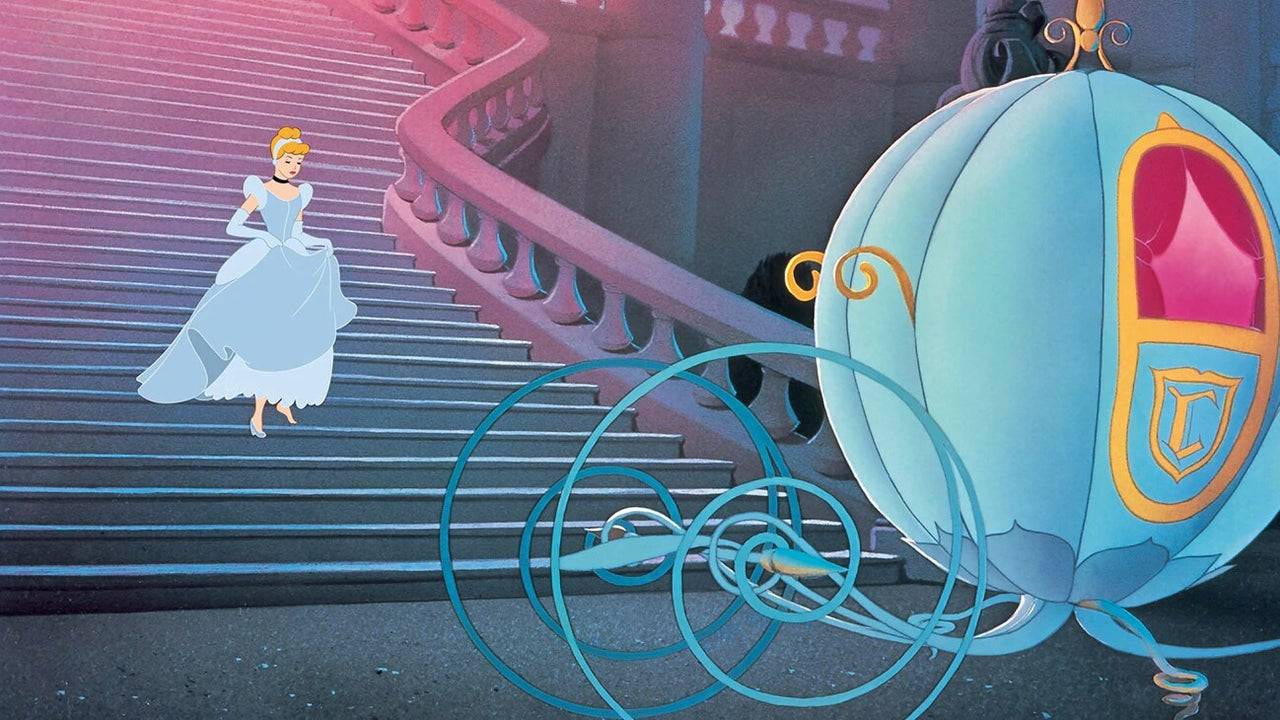
"Snow White was a kind and simple girl who believed in wishing and waiting for her Prince Charming," Walt Disney remarked, as seen in footage from Disney's Cinderella: The Making of a Masterpiece special DVD feature. "Cinderella, on the other hand, was more practical. She believed in dreams but also in taking action. When Prince Charming didn't come to her, she went to the palace to find him."
Cinderella's character was defined by her unbreakable will, despite being mistreated by her Evil Stepmother and Stepsisters after losing her parents. While Walt's personal story differed, it too was one of humble beginnings, marked by numerous failures and challenges, yet driven by an unwavering dream and work ethic.
This story remained with Walt through Disney's early days, leading to an attempt to revive it as a Silly Symphony short in 1933. However, the project's scope expanded, and by 1938, it was decided to transform it into a feature film. Despite delays due to the war and other factors, the film evolved into the beloved classic we know today.
Cinderella's success can be attributed to Disney's ability to enhance these timeless tales with universal appeal. "Disney excelled at reimagining these age-old fairytales, infusing them with his unique taste, entertainment sense, heart, and passion," Goldberg noted. "These stories, often grim and cautionary, were transformed into universally enjoyable narratives, modernizing them and ensuring their enduring appeal."
Disney achieved this with Cinderella through the addition of her animal friends, including Jaq, Gus, and the birds, who provided comic relief and allowed Cinderella to express her true feelings. The Fairy Godmother, reimagined as a bumbling, grandmotherly figure by animator Milt Kahl, added relatability and charm, culminating in the iconic transformation scene that remains a highlight in Disney's history.
The animation of Cinderella's dress transformation, often cited as Walt's favorite, was meticulously crafted by Disney Legends Marc Davis and George Rowley. "Every sparkle was hand-drawn and painted on every frame," Cranner marveled. "There's a perfect moment during the transformation where the magic holds for a fraction of a second before her dress changes, adding to the scene's enchantment."
Another Disney innovation was the breaking of one glass slipper at the film's end, emphasizing Cinderella's agency and strength. "Cinderella is not a passive character," Goldberg emphasized. "When the slipper breaks, she presents the other one she's been holding onto, showcasing her resilience and control over her destiny."
Cinderella premiered in Boston on February 15, 1950, and had its wide release on March 4 of that year. It was an immediate success, earning $7 million on a $2.2 million budget, becoming the sixth-highest grossing film of 1950 and receiving three Academy Award nominations.
"When Cinderella was released, critics hailed it as a return to form for Walt Disney," Goldberg recalled. "It was a massive success because it brought back the narrative features like Snow White that audiences adored. The studio regained its momentum, leading to the development of films like Peter Pan, Lady and the Tramp, Sleeping Beauty, 101 Dalmatians, The Jungle Book, and many more, all thanks to Cinderella."
75 Years Later, Cinderella’s Magic Lives On
Seventy-five years later, Cinderella's legacy continues to grow in significance for Disney and beyond. Her influence is evident in the iconic castles at Walt Disney World and Tokyo Disneyland, and in the opening sequences of Disney films inspired by her story and that of Sleeping Beauty.
Her impact is also seen in modern Disney classics, such as the dress transformation scene in Frozen. "When animating Elsa's dress transformation, we wanted to pay homage to Cinderella," said Becky Bresee, lead animator on Frozen 2 and Wish. "The sparkles and effects around Elsa's dress directly reference Cinderella, honoring the legacy of the films that came before."
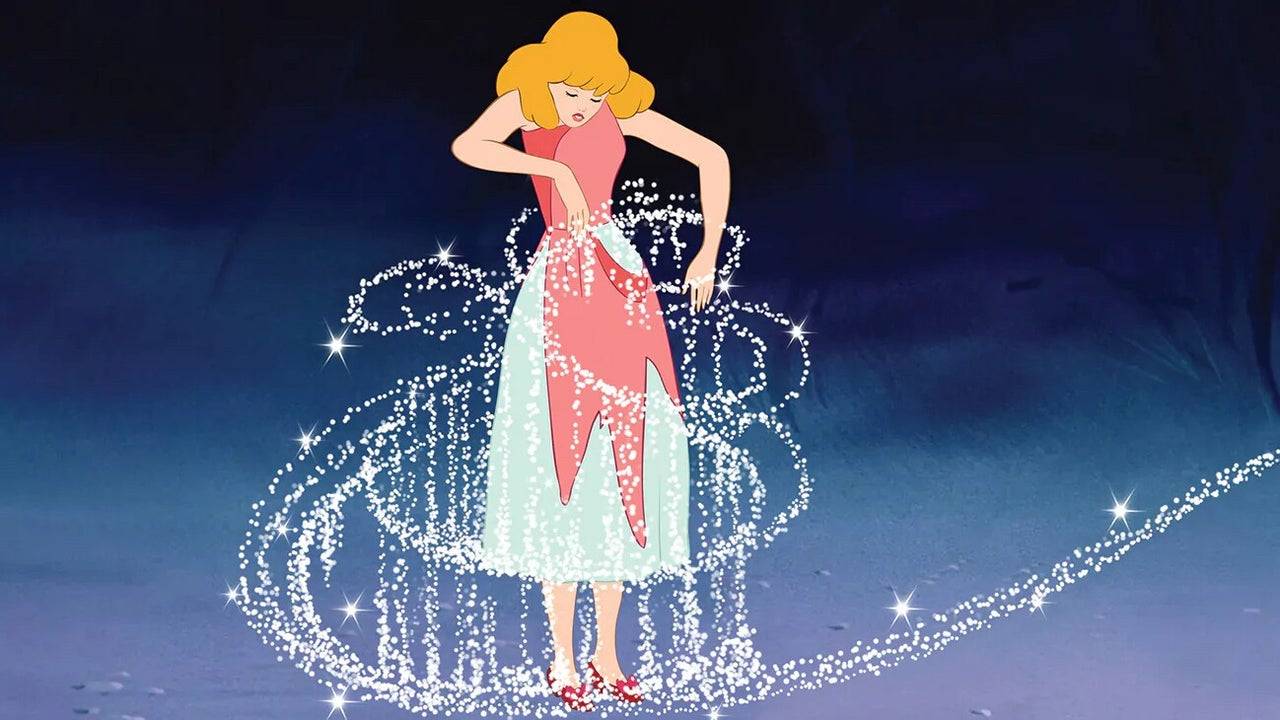
There are countless stories and individuals who contributed to Cinderella's success, including the legendary Nine Old Men and Mary Blair, whose artwork gave the film its distinctive style. To conclude this retrospective, Eric Goldberg's words encapsulate why Cinderella was the perfect film and princess at the right time, saving Disney when it needed it most.
"The essence of Cinderella is hope," Goldberg concluded. "It instills the belief that perseverance and strength can lead to a positive outcome. Its message—that hope can be realized and dreams can come true, regardless of the era—is timeless."

